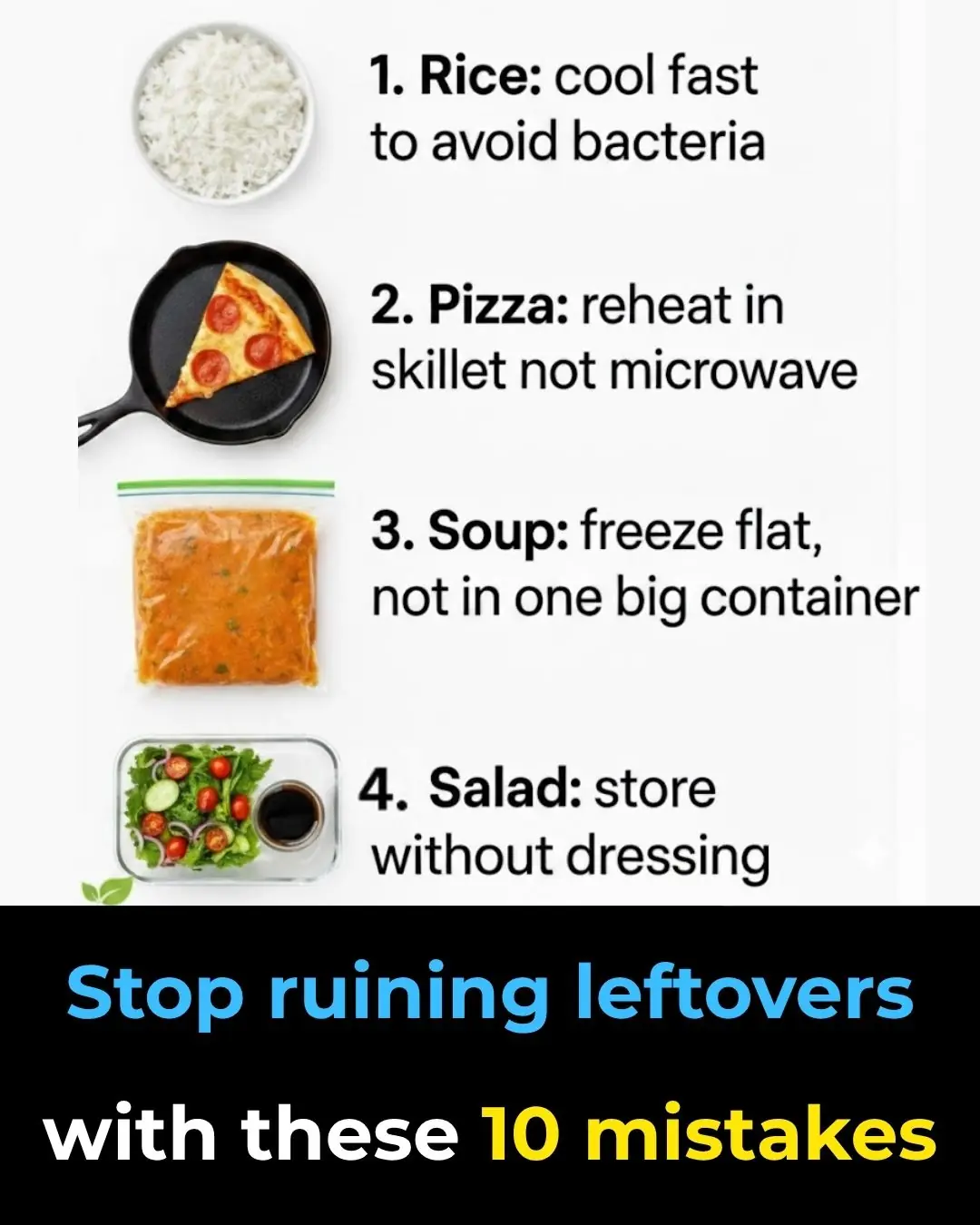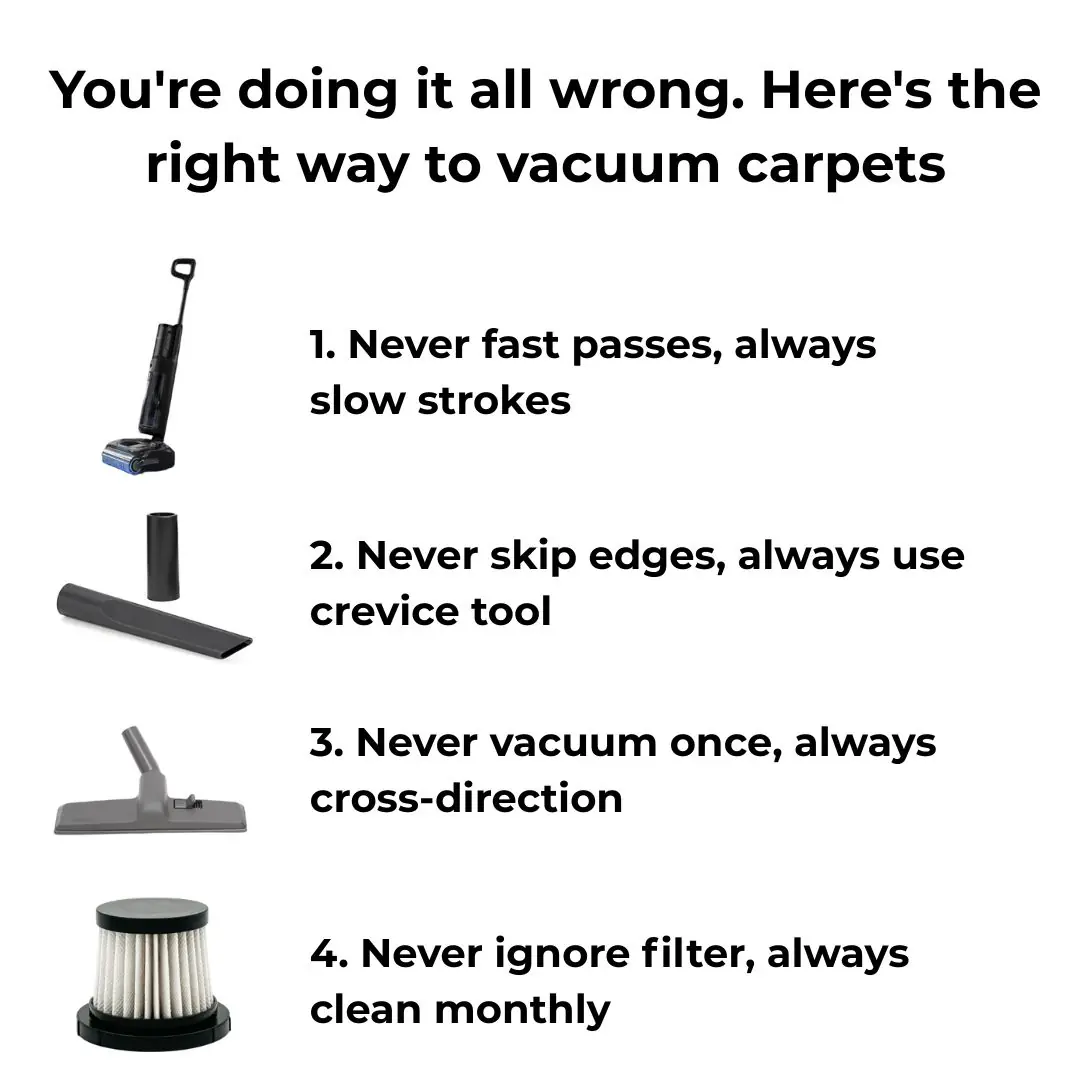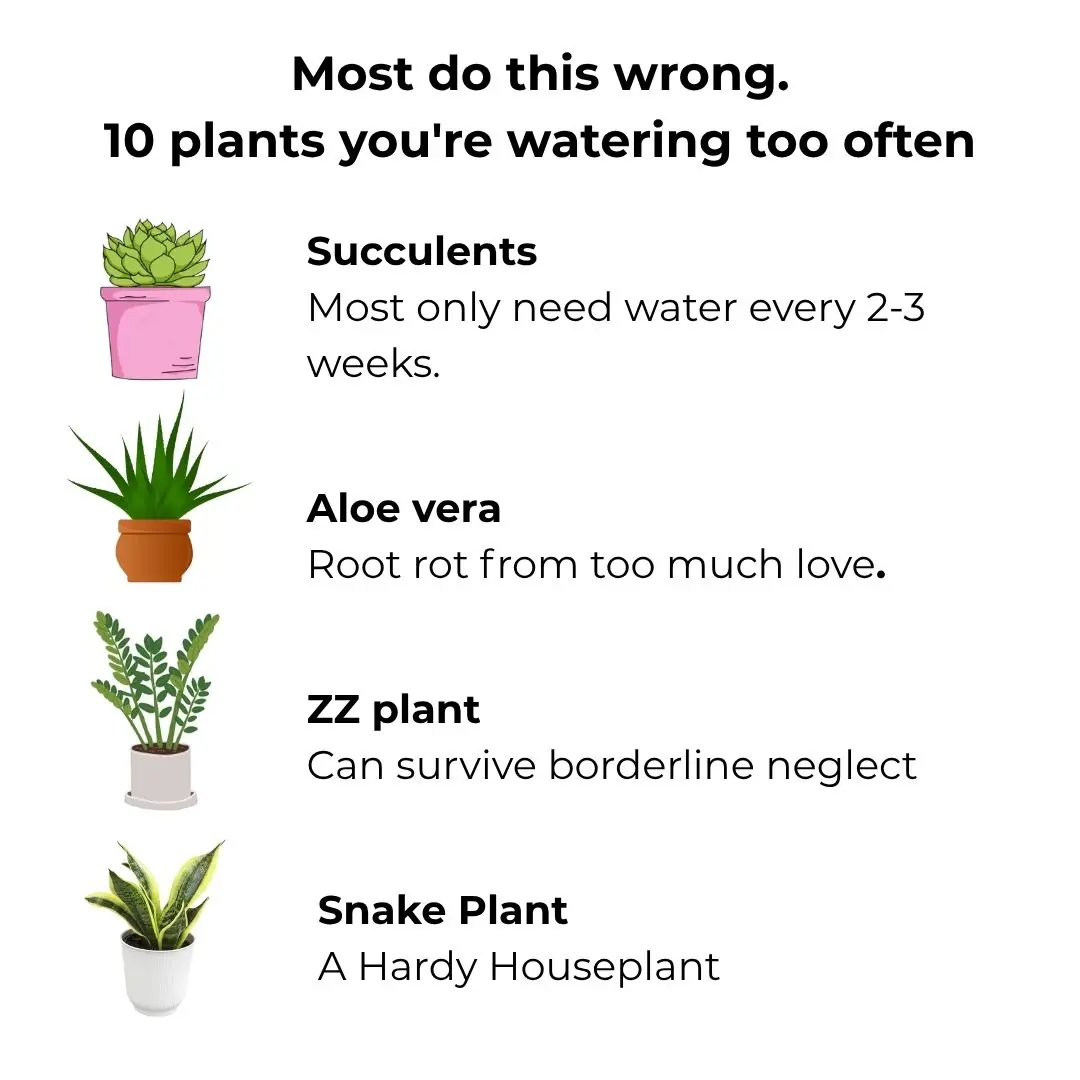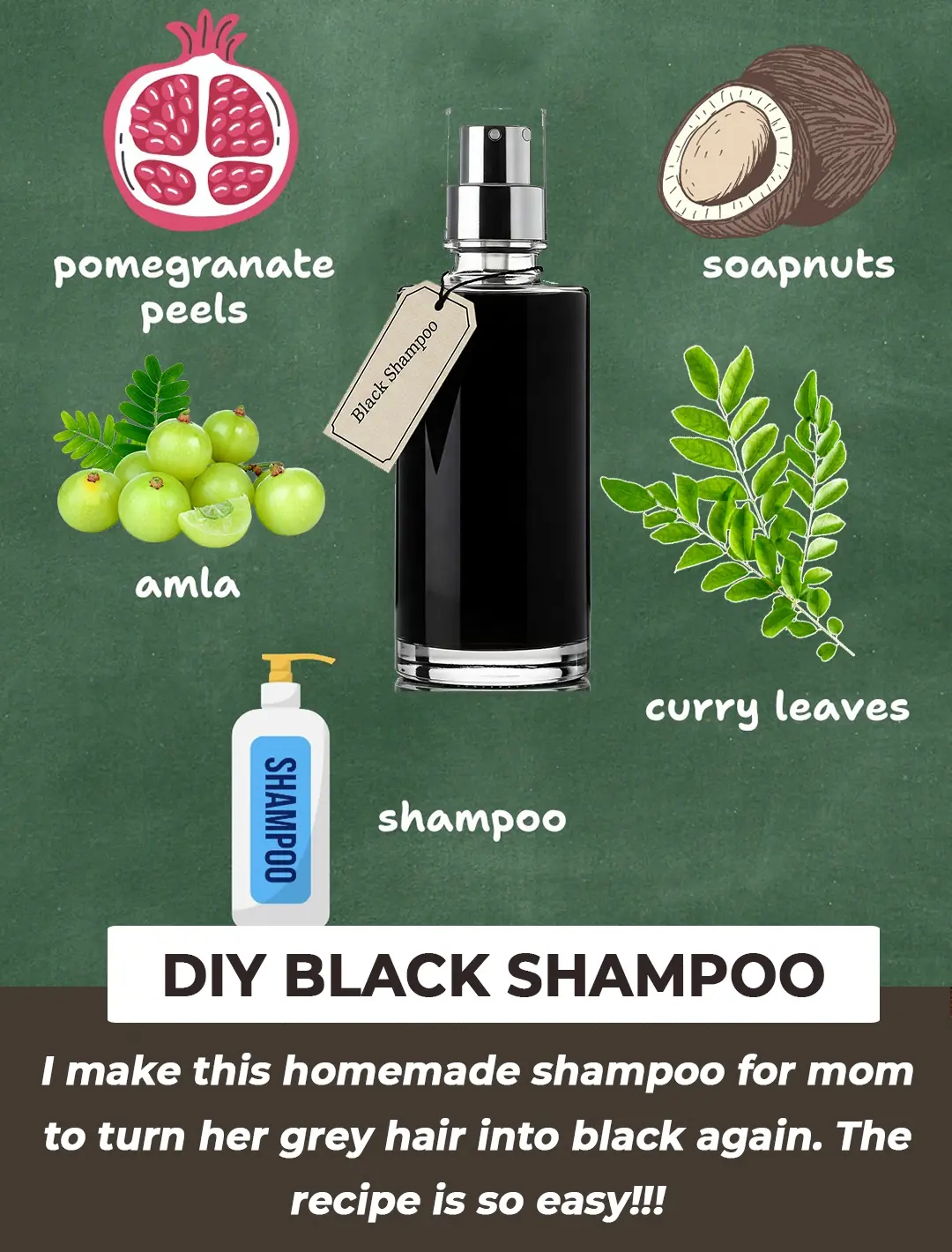
You are doing it all wrong. Here's the right way to organize your pantry
A well-organized pantry is the unsung hero of every functional kitchen. Yet many of us constantly battle cluttered shelves, forgotten items, and the frustration of not being able to find what we need when cooking. The secret to a seamless kitchen experience isn’t just about having an organized pantry—it’s about organizing it the right way.
In this comprehensive guide, we’ll go beyond the usual quick-fix tips and share a thoughtful, step-by-step approach to pantry organization. You’ll learn how to create a space that saves time, reduces waste, and transforms your everyday cooking routine into a smoother, more enjoyable process. Let’s dive in and discover how to build a pantry system that truly works like a charm.
1. Start with Labels: Visibility is Everything
Labels are the foundation of any well-organized pantry. They make it easy to identify items instantly and maintain order over time. Begin by labeling every container or shelf so you can quickly see what’s inside. Use clear, bold fonts that are easy to read at a glance, and consider waterproof or smudge-proof labels to withstand spills and humidity.
If you want a polished look, invest in a label maker. However, simple adhesive or chalkboard labels with erasable markers can be equally effective. Place labels at the front of each container, facing outward, so they remain visible even when items are stacked. This small habit saves time during meal prep and helps ensure that everything returns to its proper place after use.
Extra tip: Color-code labels by category—such as grains, snacks, or canned goods—to make organization even more intuitive.
2. Choose Uniform Containers: Consistency Beats Chaos
Consistency is key when it comes to containers. Using uniform containers not only maximizes space but also creates a clean, visually cohesive look. Square or rectangular containers fit better than round ones, allowing you to stack and align them neatly on your shelves.
When choosing materials, opt for glass or BPA-free plastic for durability and easy cleaning. Airtight lids are essential for keeping items like cereals, grains, and snacks fresh for longer. Consistent container shapes also make it easier to measure and plan your storage layout effectively.
Bonus tip: Consider adding a few smaller jars for items you use frequently—such as nuts, seeds, or dried fruits—and store them at eye level for quick access.
3. Master the Art of Rotation: First In, First Out
Food waste can add up quickly if older items get lost behind newer ones. Prevent this by practicing the classic “first in, first out” method. Whenever you restock your pantry, move older items to the front and place newer ones behind them.
Keep a small whiteboard or a digital note on your phone to track expiration dates and remind yourself when it’s time to use certain items. This simple rotation habit keeps food fresher for longer and saves money in the long run.
Pro tip: Use transparent bins for perishable goods or baking supplies, and add sticky notes with expiration reminders for extra visibility.
4. Categorize with Zones: Group by Purpose
Think of your pantry as a mini grocery store, with designated zones for different categories. Group similar items together—baking supplies, snacks, canned goods, condiments, and breakfast staples—so you can find what you need without digging through piles.
Use baskets, bins, or dividers to separate categories clearly. Label each zone, so every family member knows exactly where items belong. For example, designate one shelf for dinner essentials, another for kids’ snacks, and a third for breakfast items.
Extra touch: Keep frequently used items on lower or middle shelves for convenience, and store bulk or backup products on higher shelves.
5. Harness Shelf Liners: Cleanliness Meets Style
Shelf liners are a small detail with a big payoff. They protect shelves from spills, crumbs, and stains, making cleaning easier and extending the life of your pantry furniture. Choose non-adhesive liners that can be removed and washed when needed.
Wipeable or machine-washable liners save you from deep-cleaning sessions. Plus, patterned or textured liners can add a decorative element that makes your pantry more inviting—a subtle but satisfying touch.
6. Embrace Vertical Space: Think Beyond the Shelf
Most pantries have plenty of unused vertical space. Use stackable shelves, risers, or under-shelf baskets to take advantage of this often-overlooked storage area. It’s a smart way to keep smaller items, such as spice jars or sauce packets, from getting lost in the back.
Consider installing adjustable wire racks or hanging baskets for lightweight items. By layering storage, you create more room without overcrowding your shelves—and you’ll see everything at a glance.
7. Utilize Clear Containers: See It, Grab It, Use It
Clear containers are the perfect blend of function and form. When you can see exactly what’s inside, you’ll spend less time searching and more time cooking. Transparent bins and jars help you track inventory and prevent duplicate purchases.
Label each container with both the name of the item and the expiration date, especially if you transfer foods from their original packaging. This transparency simplifies meal planning and keeps your pantry visually appealing.
Tip: Keep dry goods like rice, pasta, and flour in matching clear containers for a uniform, high-end look.
8. Implement Regular Inventory Checks: Stay Ahead of the Mess
An organized pantry only stays that way if you maintain it. Set a reminder to do a quick inventory check every month or two. Toss expired items, note what’s running low, and restock efficiently.
You can use a simple spreadsheet or a pantry management app to keep track of your staples. This helps reduce food waste, saves money, and ensures you always have essentials like flour, oil, and spices on hand when you need them.
9. Incorporate Lazy Susans: Spin Your Way to Convenience
Lazy Susans are a clever way to make deep shelves more accessible. Place one in each corner or hard-to-reach area to easily rotate and access jars, bottles, and condiments.
Opt for a Lazy Susan with a non-slip base so items stay secure while spinning. This solution is particularly helpful for oils, vinegars, or sauces—anything that tends to get lost behind taller items.
10. Opt for Adjustable Shelving: Customize Your Space
Your pantry should adapt to your needs, not the other way around. Adjustable shelving allows you to modify shelf heights to accommodate taller containers, cereal boxes, or kitchen appliances.
This flexibility helps you maximize every inch of your pantry without needing a complete redesign. It’s a one-time investment that provides long-term versatility.
11. Use Door Organizers: Don’t Waste Hidden Space
The inside of your pantry door offers valuable, often-overlooked real estate. Install door racks, baskets, or clear pocket organizers to store spices, seasoning packets, or small cleaning supplies.
Choose transparent materials for easy visibility and secure attachment to prevent spills. Door organizers are especially helpful for small kitchens where every inch counts—they let you store more without making your pantry feel crowded.
Final Thoughts
An organized pantry isn’t just about aesthetics—it’s about creating a system that makes your kitchen more efficient and enjoyable to use. By investing a little time and thought into layout, labeling, and maintenance, you’ll transform your pantry into a stress-free, highly functional space that supports your daily cooking routine.
Remember: organization is not a one-time project but an evolving process. As your habits, family, and cooking styles change, so should your pantry. A little consistency—and the right strategy—will keep it looking and working beautifully for years to come.
News in the same category


Why do we have to leave our phone face down on the table when we are not using it?

Hanging a towel on the door handle before bed: Unexpected benefits but few people know

Tips for conditioning your hair with over-cooked bamboo shoots

Treat premature gray hair thanks to the black dye formula

What Are These Strange Black Dots In Your Kitchen

Magic Eraser can be used for almost anything, but here's what you didn't know

Wrong understanding turns water purifiers into diseases, remove them immediately to avoid harming the whole family

The house is full of dust even though it is cleaned regularly

Pour hot water over the apple

It's rainy and humid, and there's no dryer at home. Do this to dry clothes quickly and keep them from smelling bad.

Add this one thing to cooked rice to make it 10 times more delicious and the nutritional value also increases many times.

Boil pork that is both red and fishy: Drop this into the pot, the meat will cook evenly and release all dirt.

Tell mom how to make standard, crispy and irresistibly delicious banh xeo

Stop ruining leftovers with these 10 mistakes

You're doing it all wrong. Here’s the right way to store tomatoes

You’re doing it all wrong. Here’s the right way to vacuum carpets

Most do this wrong. 10 plants you’re watering too often

Most don’t know. 12 brilliant ways to use WD-40 around the house

When frying lolot leaf patties, remember to take an extra step so the patties turn out fragrant, bright green, and not darkened.
News Post

Can Onion Juice Gently Support Eye Health? A Natural Tip to Try

Bed Bugs Hate This! How Diatomaceous Earth and Cloves Can Wipe Them Out

These are the consequences of sleeping with the…

5 Common Foods That Often Contain Parasites — Many People Eat Them Daily

1 Vitamin Stops Calcium Buildup in Arteries and Heart

S:ida Acuta: Exploring the Healing Properties of this Herbal Remedy

DIY Flaxseed Collagen Night Gel for Hydration and Rejuvenation

10-Day Licorice Treatment for Dark Spots: Fade Pigmentation and Achieve Glowing Skin Naturally

Easy Recipe to Make ABC Collagen Ice Cubes at Home: The Secret to Glowing, Firm Skin

2 Mins Black Shampoo For Grey Hair

Why this doctor refuses to prescribe statins for high cholesterol

The 'divine' secret to frying

Why do we have to leave our phone face down on the table when we are not using it?

Hanging a towel on the door handle before bed: Unexpected benefits but few people know

Tips for conditioning your hair with over-cooked bamboo shoots

Treat premature gray hair thanks to the black dye formula

What Are These Strange Black Dots In Your Kitchen

Magic Eraser can be used for almost anything, but here's what you didn't know

Wrong understanding turns water purifiers into diseases, remove them immediately to avoid harming the whole family
